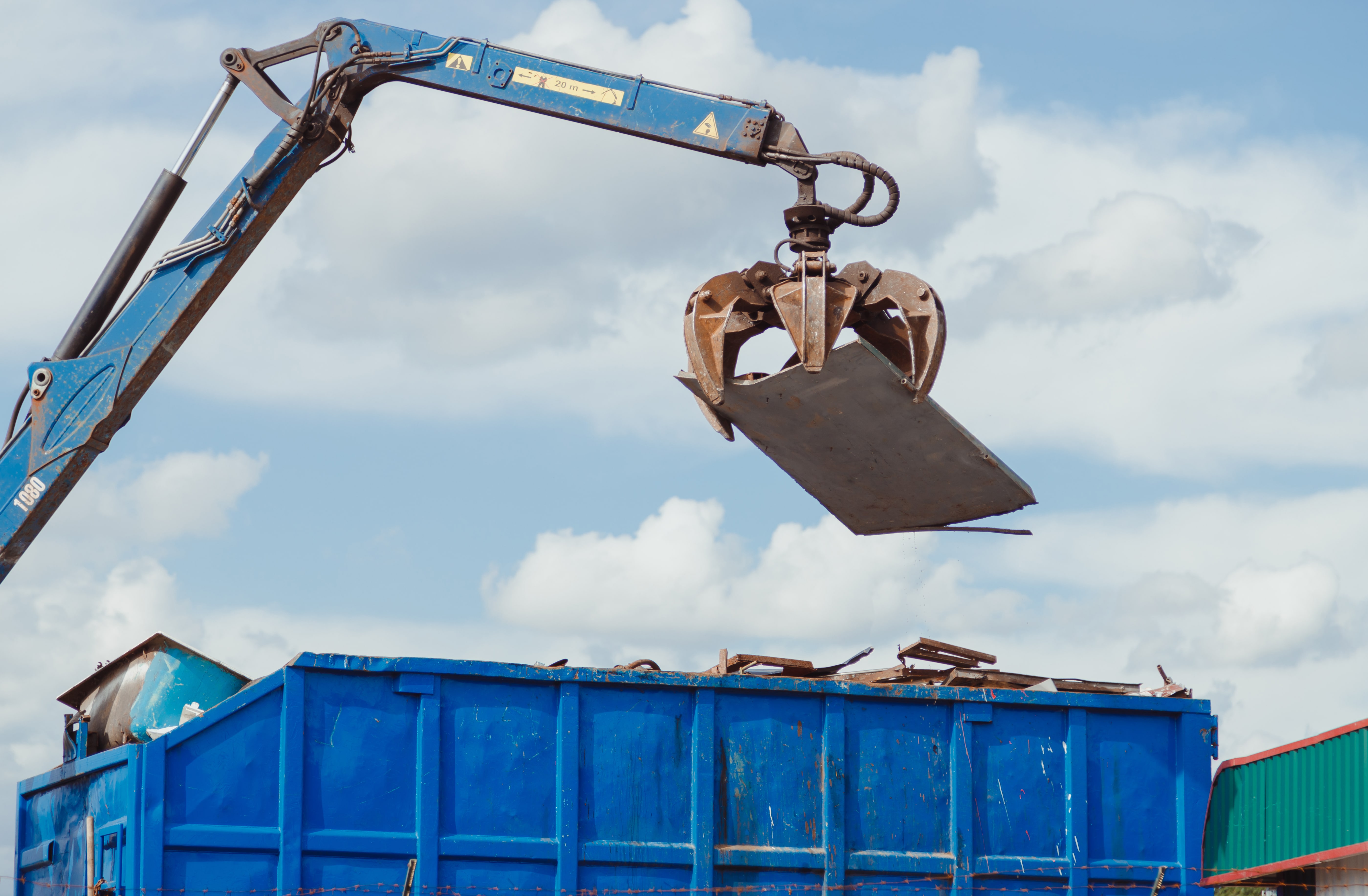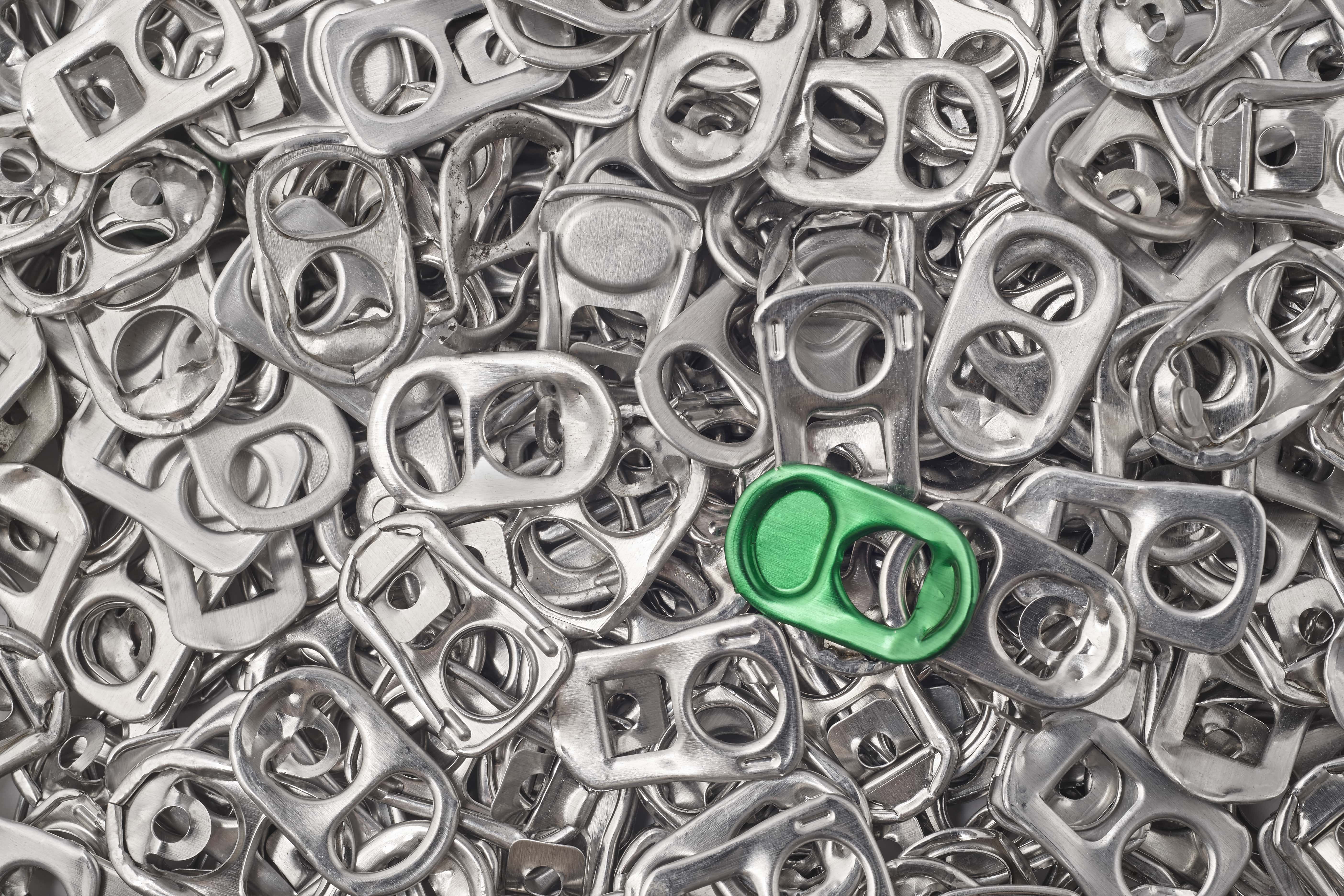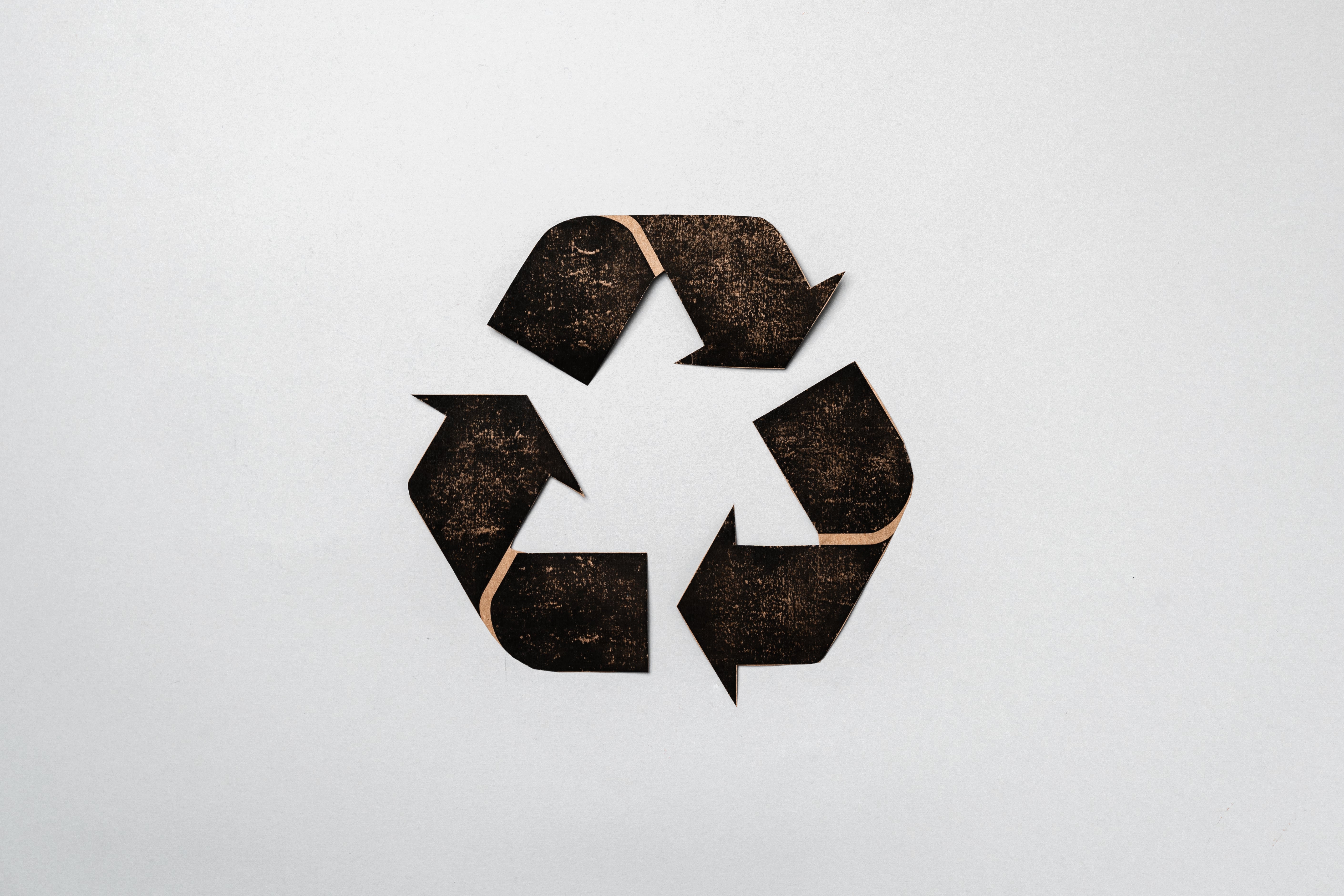Waste & material traceability solution for sustainable facilities

The effects of the economic recession due to the Covid-19 pandemic closures continue, although economies reopen in most regions of the world. As seen in previous similar economic fluctuations, commodity prices also increased remarkably. For example, the price of agricultural and energy commodities increased, but there was no significant gap between pre-pandemic levels even in energy. However, there is an ever-increasing commodity price in unprecedented amounts, namely industrial metals and there is a solution, metal recycling.
In 2021 steel prices boomed like other materials but only to be seen during the Great Recession in 2008. The pre-pandemic steel price has traded between $500 and $800 in March 2020. In July 2021, this price increased to 1800, which is 200% more! To give an example of industrial metals one by one, last May, copper was up 89%, iron ore was up 116%, and nickel was up 41%. The price increase of steel also affected many products, from cars to refrigerators. Then, why are precious metal prices rising, and what could be ways to deal with it? Let’s examine together!

Many factors play a role in steel prices, especially in the USA. The basis of this noteworthy change is the simple economic principle of supply and demand incompatibility. It is possible to summarise the reasons for the explosion in steel prices compared to other commodities and the reasons why cost and price are now detached as follows:
Steel prices will remain high in 2022 because the recovery from Covid-19 is planned together with a green economy structure, especially in the USA and the European Union countries. However, things get more challenging with these prices and low trade. Luckily, a sustainable solution comes to the rescue again, metal scrap recycling!

We’ve all heard the three R’s rule, “Reduce, reuse, recycle.” With metal recycling, you can do it all. Through recycling, you reuse the metal in a new area and reduce extraction activities to protect natural resources. Thus, besides obtaining economic benefits by reducing production costs, you act in an eco-friendly manner by using less energy and forming low carbon emissions. So, how is metal recycled?
Almost all metals are recyclable with a few exceptions like radioactive metals. However, the most prone ones are ferrous metals like carbon steel, wrought iron, cast iron, and non-ferrous ones such as aluminum, copper, lead, zinc, and precious metals. Now, take a look at the basic methods of recycling metals.
Although metals are suitable for recycling and are important for sustainable development, metal recycling is a complicated process. It’s time to introduce Evreka to make this process easier!

Evreka offers sustainable development and a more livable world through digital waste management solutions. Focusing on the global ever-increasing waste problem and the goal of creating new sources from waste, Evreka enables you to plan and optimize every step of waste management, from collection to recycling centers. Let’s look at Evreka solutions working for a sustainable future.
Thanks to the Asset Management module and Fill Level Sensors, you can maximize efficiency by minimizing time and cost loss in the highly complex collection stage. This way:
This module contains almost all the solutions of Evreka from Fleet Management to Engagement and facilitates administrative workload. This way, managers can:
We have seen how complex the metal recycling process is in facilities. MRF Management, one of Evreka’s most striking solutions, allows you to easily view every detail in the facilities and control each process step. This way:
To take advantage of the best waste management solutions, contact us today, and be #AlwaysBetter with Evreka!